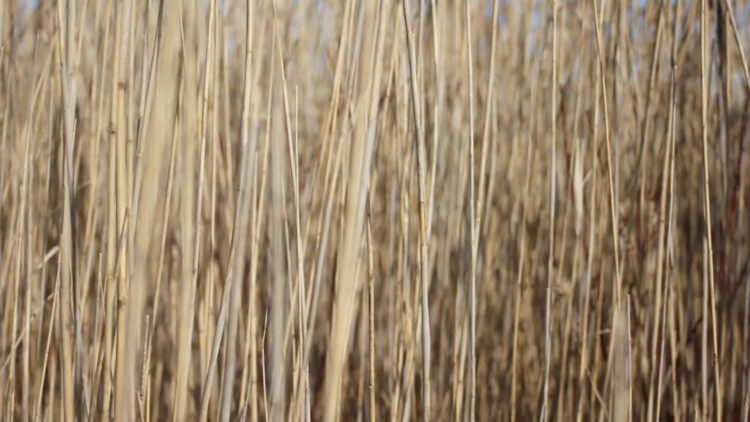Suzanne Morrissette
Suzanne Morrissette (she/her) is an artist, curator, and scholar who is currently based out of Toronto. Her father’s parents were Michif- and Cree-speaking Metis with family histories tied to the Interlake and Red River regions and Scrip in the area now known as Manitoba. Her mother’s parents came from Canadian-born farming families descended from United Empire loyalists and Mennonites from Russia. Morrissette was born and raised in Winnipeg and is a citizen of the Manitoba Metis Federation. As an artistic researcher Suzanne’s interests include: family and community knowledge, methods of translation, the telling of in-between histories, and practices of making that support and sustain life. Her two recent solo exhibitions What does good work look like? and translations recently opened in Toronto (Gallery 44) and Montreal (daphne art centre), respectively. Her work has appeared in numerous group exhibitions such as Lii Zoot Tayr (Other Worlds), an exhibition of Metis artists working with concepts of the unknowable, and the group exhibition of audio-based work about waterways called FLOW with imagineNATIVE Film + Media Art Festival. Morrissette holds a PhD from York University in Social and Political Thought. She currently holds the position of Assistant Professor and Graduate Program Director for the Criticism and Curatorial Practices and Contemporary Art, Design, and New Media Histories Masters programs at OCAD University.

From the Archives
-
2023 / core / exhibition
Group Exhibition
more-than-human features ten contemporary artists who explore human-natural relationships through technology, promoting new ways of understanding the natural world. Each interactive artwork uses digital media to challenge, excite, and shift our collective understanding of the more-than-human mind. Inspired by an ethics of inclusion that acknowledges the rights of nature, the exhibition questions what it means to be alive and have agency. -
2022 / core / exhibition
Suzanne Morrissette with Clayton Morrissette
What does good work look like?Exploring how familial exchanges produce Indigenous art histories

